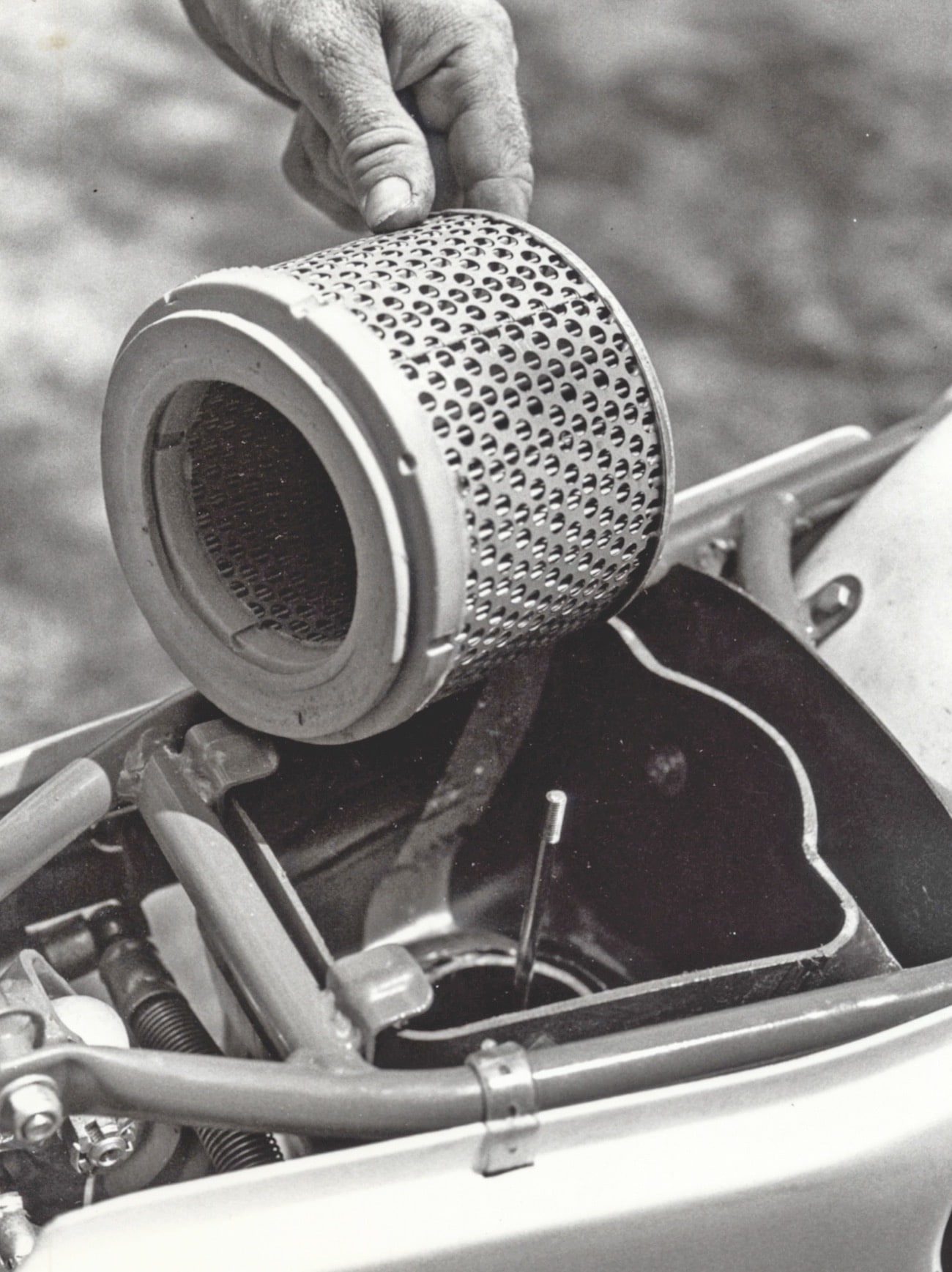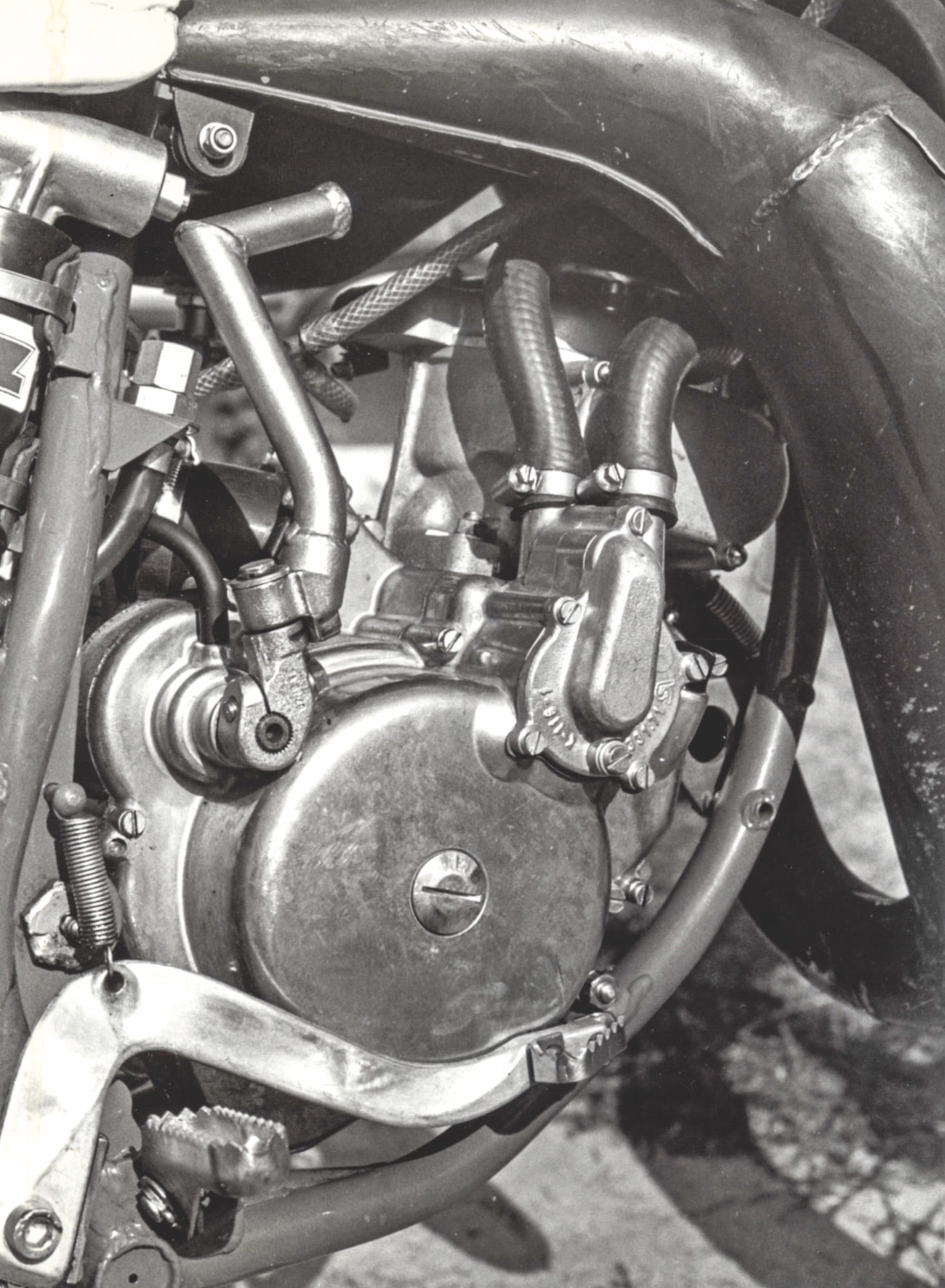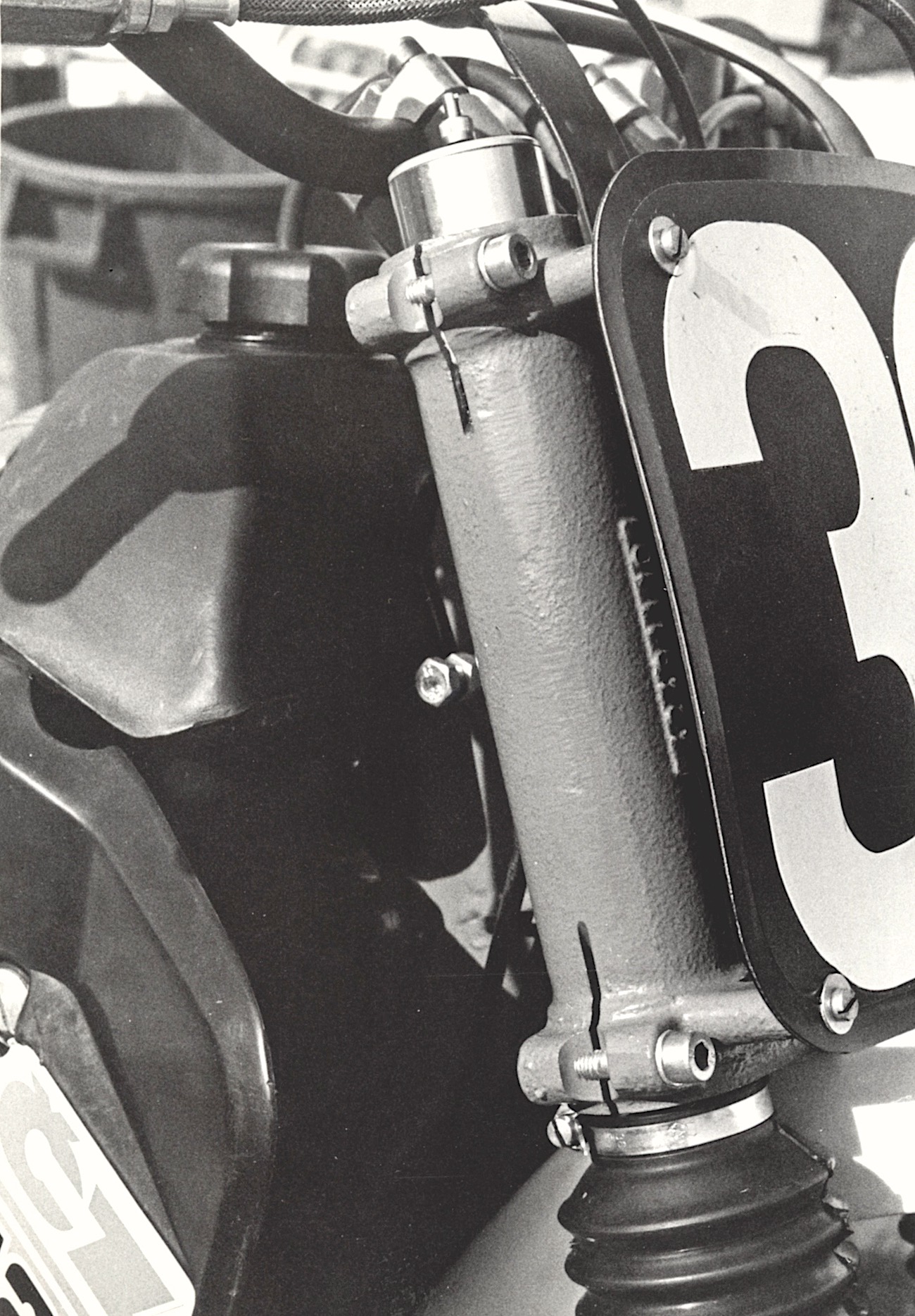THE TRUE STORY OF THE 1992 WATER-COOLED CZ 125MX
 CZ’s last-ditch attempt to regain a foothold in the American market, that had been so lucrative for them in the early 1970s, was an epic failure with the 1992 CZ 125MX. This test is from the November 1991 issue of MXA.
CZ’s last-ditch attempt to regain a foothold in the American market, that had been so lucrative for them in the early 1970s, was an epic failure with the 1992 CZ 125MX. This test is from the November 1991 issue of MXA.
The Czechoslovakian CZ brand (Ceske Zavodny) had once been the premier motocross brand in the sport. In the late 1960s and early ’70s, they had Roger DeCoster, Paul Friedrichs, Brad Lackey, Joel Robert, Tony DiStefano, Vlastimil Valek, Victor Arbekov, John DeSoto, Jaroslav Falta and Dave Bickers racing for them. They won 13 World Motocross Championships and were the two-stroke brand that pushed the big four-stroke singles out of the sport. But CZ had fallen on hard times, by the late 1970s—not unusual for Eastern Bloc countries behind the Iron Curtain.
 MXA test riders said that riding the 1992 CZ 125MX was a once-in-a-lifetime experience, but that was because they would only agree to ride it once.
MXA test riders said that riding the 1992 CZ 125MX was a once-in-a-lifetime experience, but that was because they would only agree to ride it once.
The 1976 Falta Replica was their last serious attempt to sell a competitive motocross bike in America. Oh yeah, they did resurrect the 1976 model 13 long years later, as the 1989 CZ 400. It only had modest repackaging from the 1976 original and an incredibly low $1900 retail price. But, that $1900 was buying a vintage CZ that had nothing to offer to an upscale American market that had moved on from air-cooled bikes from the 1970s. CZ disappeared again in 1989, only to resurface in America one last time in 1992—this time with the CZ 125MX. We would hazard a guess that no one in America remembers it and, other than a few CZ fanatics, no one ever forked over the $3000 for one.
 The paper air filter element looked like it came off of a Volkswagen.
The paper air filter element looked like it came off of a Volkswagen.
In an overview, the craftsmanship on the 1992 CZ125MX was crude. The plastic, welding, engineering and detailing were stone age compared to a 1992 Suzuki RM125. The one place where the CZ 125MX was inventive and contemporary was in their engine. The castings were top-notched and it had a power valve, case-reed induction and the two well-made aluminum radiators, but the contradiction with the rest of the bike were striking.
 The castings on the 125MX were first rate. It was also very contemporary with its case-reed induction. Note the welded together steel tube kickstarter.
The castings on the 125MX were first rate. It was also very contemporary with its case-reed induction. Note the welded together steel tube kickstarter.
Remember the case-reed induction, it was ruined by an enormous 36mm Jikov carburetor (that had to have the mainjet brazed up and redrilled to get the bike to run in the warm California sun). Luckily, the bikes eventually were fitted for export with a 32mm Mikuni. When you opened up the airbox, you were struck by the sight of paper air filter from the 1960s. Remember those excellent radiators? Surprise, the radiator cap was made from aluminum, but the spring and rubber seal that controlled when the pressure in the radiators blew off steam were pop-riveted on through the cap.

The petcock stuck out through an opening in the radiator wing. Your knee could hit against it and turn the gas off.
The gas tank was a little fat, but it looked nice, until you found out that there were two petcocks One on each side of the tank and the right-side one stuck so far out from the radiator wings that your leg would hit and turn the gas off. It didn’t matter much because both petcocks leaked.
 What were they thinking? The triple clamps encased the fork legs and were cast in one-piece. Even the front number plate bosses were cast in.
What were they thinking? The triple clamps encased the fork legs and were cast in one-piece. Even the front number plate bosses were cast in.
It got even weirder! The top and bottom triple clamps were cast as one piece. You slipped the triple clamps over the head tube and the steering stem slid through to hold them in place. Additionally, there are five cast bosses on the top and bottom triple clamps. What did they do? They held the front number plate on. The swingarm looked like an HRC aluminum copy, but was steel. In fact, most of the parts that were aluminum on a 1992 Japanese motorcycles were made out of steel on the 1992 CZ 125MX—and that included the shock linkage, shock body, shock reservoir, shift lever and kickstarter.
 The machining on the very chunky rear brake caliper looks like it was done with a hacksaw. The steel swingarm looked like an aluminum HRC Honda swingarm because of the weld down the center.
The machining on the very chunky rear brake caliper looks like it was done with a hacksaw. The steel swingarm looked like an aluminum HRC Honda swingarm because of the weld down the center.
The forks looked like Marzocchis from the mid-1970s, but they were Czech copies. You could hear the spring rubbing against the inside of the fork legs when you pushed up and down on them. The shock was worse, when you pushed down on it, it had so much rebound damping that it stayed down for 15 seconds before coming back up. The 125MX came with adjustable steering lock, but it was only adjustable from almost no turning to absolutely no turning. The 1992 CZ 125MX was shod with Czech-made Barum Sandy/Muddy/Cross tires with more knobs per square inch than the anemic engine could spin. It was slow. We think that the engine, for all of its visual charm, would have had a hard time winning a 125 race in 1978.
 The rear brake master cylinder was a nice piece, but if you think the rubber hose is going to a remote brake fluid reservoir, you are wrong. The rubber hose was the brake fluid reservoir.
The rear brake master cylinder was a nice piece, but if you think the rubber hose is going to a remote brake fluid reservoir, you are wrong. The rubber hose was the brake fluid reservoir.
It’s easy to say that the 1992 CZ125MX was a bad bike because it was much worse than just “bad.” This bike could be blamed on commissars who ran the factory or they build it cheap for the captive audience behind the Iron Curtain. But by the time the 1992 CZ 125MX was made, the Wall had come down and CZ was forced to try to sell their products to capitalists outside of the Iron Curtain.
 It looked better than it was, until you looked closer. When Jody Weisel raced the CZ 125MX 30 years ago, but said it wasn’t really racing because it was so slow and heavy that “you watched the pack pull away and then waited for them to come around again.”
It looked better than it was, until you looked closer. When Jody Weisel raced the CZ 125MX 30 years ago, but said it wasn’t really racing because it was so slow and heavy that “you watched the pack pull away and then waited for them to come around again.”
The 1992 CZ 125MX was almost wholly made in Czecho, save for the rims that came from MZ in East Germany, but it also appears that it was wholly designed in Czechoslovakia also. It appears that the Czechs built this bike without the benefit of ever looking closely at a 1992 Japanese 125 motocross bike.
 The final moment of glory for a CZ 125MX was when Gary Jones raced an air-cooled 1978 model to win the 250 Pro class at the 1981 CZ World Championship at Saddleback Park.
The final moment of glory for a CZ 125MX was when Gary Jones raced an air-cooled 1978 model to win the 250 Pro class at the 1981 CZ World Championship at Saddleback Park.





Comments are closed.